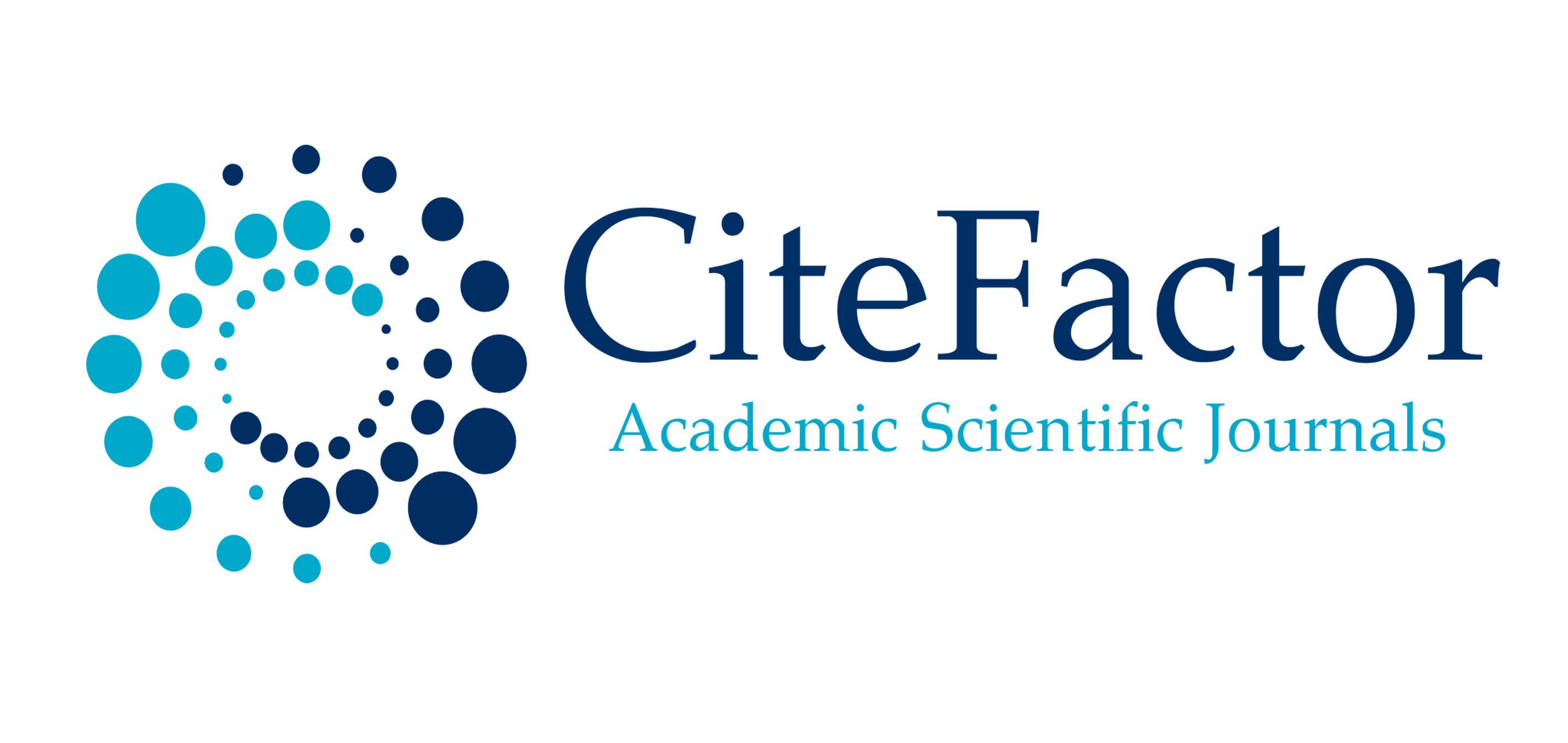Analysis of Experience With Preformed Particle Polymer Gels in High-Water-Cut Production Facilities in Low-Temperature Oil Reservoirs
Keywords:
high-water-cut production, injectivity profiles, injection wells, preformed particle gel, permeability, injection pressureAbstract
International practices in high-water-cut oil production suggest the use of preformed particle gel (PPG) suspension injection into wells. Upon swelling, these polymer particles become elastic, allowing them to move through highly permeable, water-saturated zones into deeper reservoir sections, creating a polymer "plug." Domestic applications of this technology have largely involved testing foreign products. This study explores the potential of PPG technology in the specific geological and technological settings of high-water-cut fields in Perm Krai, identifying effective PPG reagents for low-temperature reservoirs (20-35 °C) with high salinity (over 200 g/l). We analyzed global PPG application practices to establish optimal injection protocols and assess how particle morphology can be adjusted during synthesis to match reservoir characteristics. A crucial aspect of this technology is the ability to remove PPG particles post-treatment; tests with a sodium persulfate breaker compound and synergistic additives were conducted for this purpose. PPG technology shows promise in reservoirs with significant permeability variation. Two types of high-water-cut production facilities suitable for PPG implementation in Perm Krai were identified: carbonate Tournaisian-Famennian reservoirs with notable macrofractures and terrigenous Visean deposits with varying oil viscosity (5 to 100 mPa∙s) and high permeability (> 0.5 μm²). Specific areas within these reservoir types have been highlighted as viable for PPG technology application.










